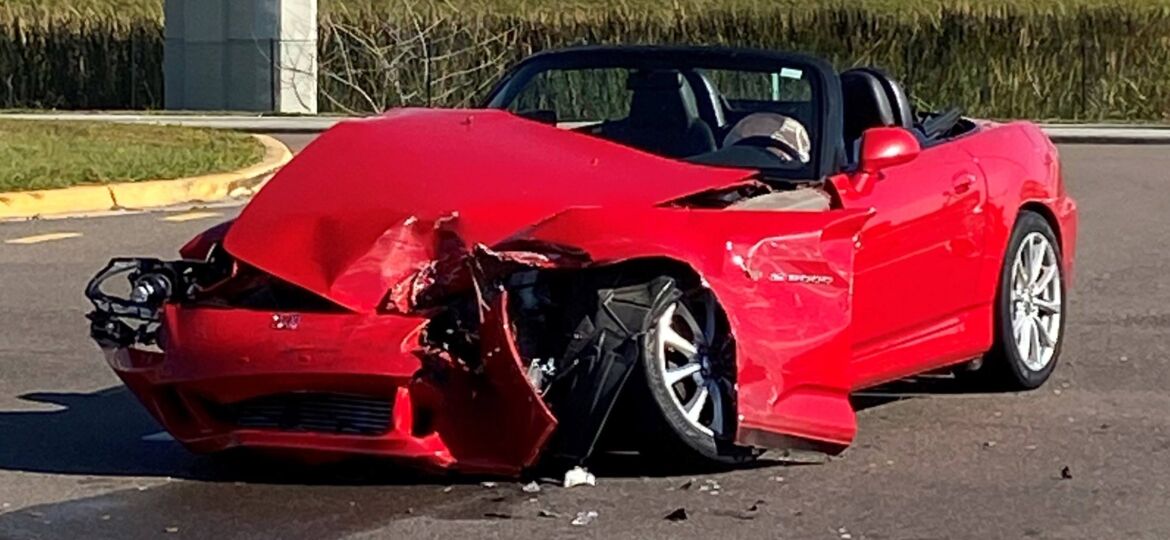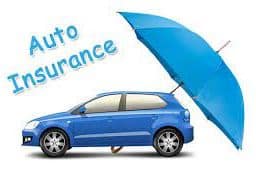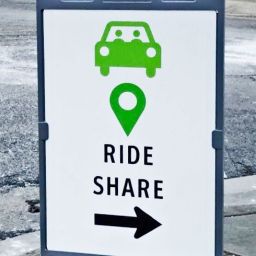
As NASA research psychologist Steve Casner observed in his book Careful: A User’s Guide to Our Injury-Prone Minds, humans are by nature accident prone. There are various reasons why we injure ourselves, from using tools in new ways to taking risks to satisfy our curiosity or impress our friends. But causing injuries to others often stems from being unfocused or distracted, like driving into someone due to texting or worrying about being late to an appointment. While we cannot prevent others from harming us, below are ways to avoid causing the most common car crashes.
- Stay in Your Lane
Drivers who are distracted by their phone, radio, billboards, traffic accidents and other things on their mind have a tendency to veer into another lane or off the road entirely. Lane and road departures account for 33% of all crashes, according to Casner.
- Avoid a Double-Impact in Rear-End Collisions
The best way to avoid hitting the car in front of you is to steer clear from distractions like looking at your phone or dash console. Keep your eyes on the road and maintain a safe distance, even while stopped at a red light. Florida drivers notoriously slow down or stop short for no apparent reason, and many of them fail to stop at a red light. By staying far enough back, you can avoid hitting the car in front of you if you are rear-ended and pushed forward.
- Don’t Roll Through Stop Signs or Red Lights
Drivers who roll through a red light while making a right-hand turn risk seriously injuring pedestrians and cyclists. In fact, 6% of pedestrian fatalities are caused by drivers rolling right on red, and 21% of such victims are children.
- Don’t Assume it’s Safe to Turn
When you’re trying to make a left hand turn and a car in the opposite lane stops and waves for you to go, it’s tempting to assume you’re safe to turn. Unless you can clearly see that no other cars are coming the other way in the other lane or going around the stopped vehicle, don’t fall for this Good Samaritan trap! Approximately 12% of crashes happen in these situations.
- Be in Control
Sometimes, drivers overestimate their skill level and the capability of their vehicles. Doing so can lead to disaster. Examples include aggressive maneuvering and taking turns too fast, along with hydroplaning or skidding out on wet or icy roads.
- Stay Awake (or Pull Over)!
Mark Rosekind, former administrator of the National Highway Traffic Safety Administration, observed that “people are horrible judges of their own sleepiness.” He warned of the dangers of “microsleep,” during which the brain unconsciously shuts down and goes offline for a few seconds, and we don’t even know it. To be on the safe side, avoid driving alone for long stretches, especially at night.
Jovita Wysocka Ahava is an attorney focused primarily on auto accidents, motor vehicle law, personal injury, premises cases, defective consumer products, prescription drugs and medical devices, and nursing home abuse and negligence. Ms. Ahava is a partner at Ahava Law Group and is licensed to practice law in Florida, Massachusetts and New York. She is also a Polish-speaking attorney.








